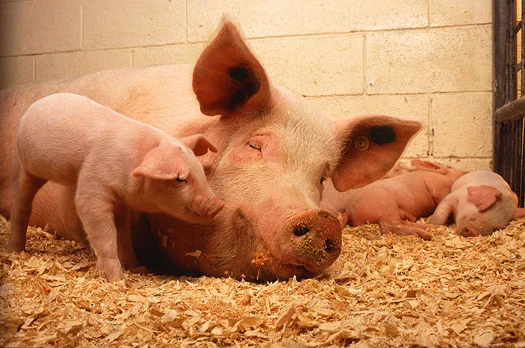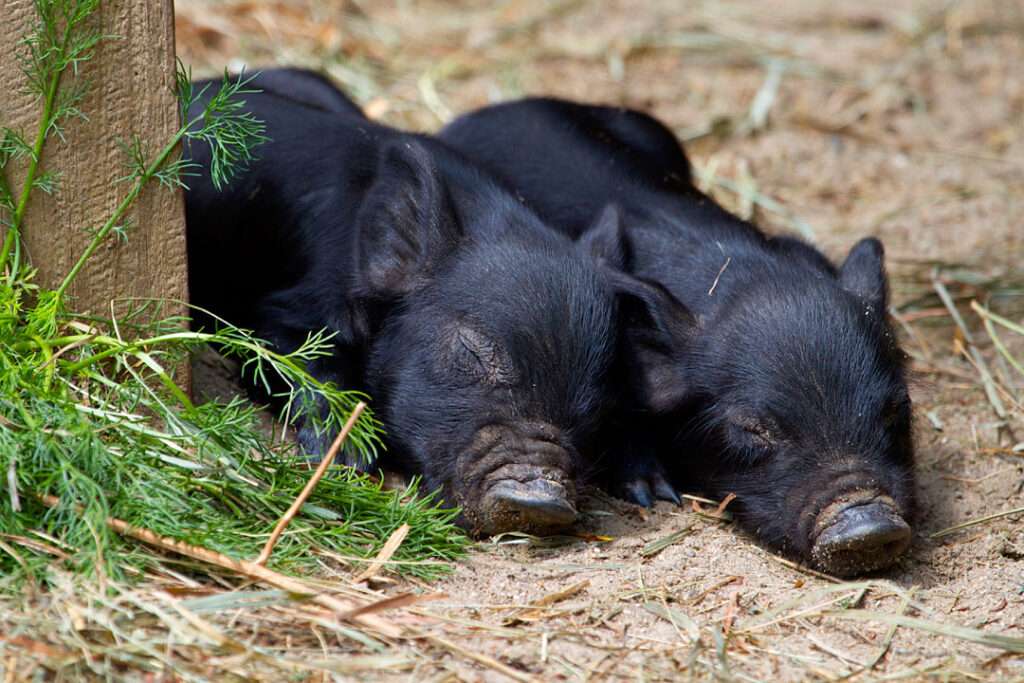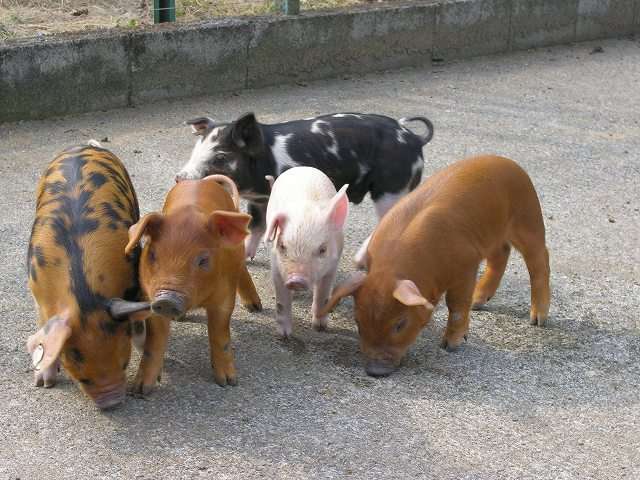
Characteristics and Genetics
Recombinant DNA technology is a potent tool for applying in genetic engineering to produce desirable features. For instance, the Enviropig was a genetically altered Yorkshire pig that can absorb plant phosphorus more quickly and effectively than a regular pig.
To lower the phosphorus in its feces, the pig’s genetic makeup was altered using mouse genetic material.
The farmers’ feeding expenses are decreased as a result, as is the pollution caused by phosphorus.
The salivary glands of the Enviropig were altered to manufacture the phytase enzyme. When any grains are eaten, this enzyme combines with the meal in the pig’s mouth. Additionally, the phytase enzyme breaks down indigestible phytic acid and releases phosphate for the pig to digest.
Since phytic acid can be efficiently digested by Enviropigs, there is no longer a need for any kind of supplement to aid in digestion. Its kids can inherit this alteration as well.
The Murine Parotid Secretory Protein gene and the E. Coli Phytase gene were introduced into the University of Guelph to create the Enviropig.
Because the farmers spend less money changing the pigs’ meals, the Enviropig benefits society. The excessive amounts of phosphorus that regular pigs create in their excrement can contaminate water, forcing farmers to acquire supplements to add to their meals.
As phosphorus, when it enters water, generates algae, which may take up a lot of the oxygen in the water and destroy wildlife and plants, the manure from the Enviropig provides excellent fertilizer and reduces pollution.
Table





